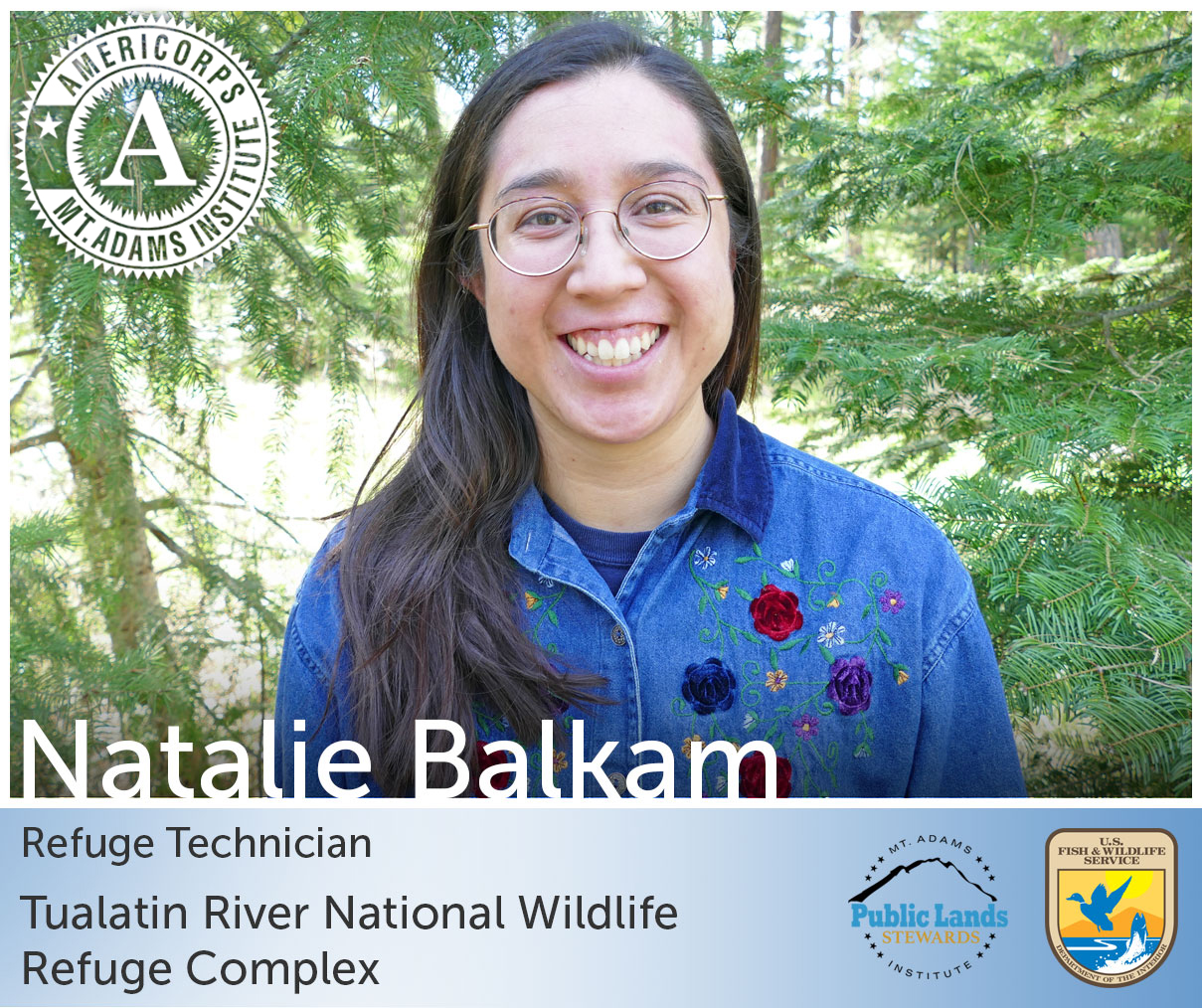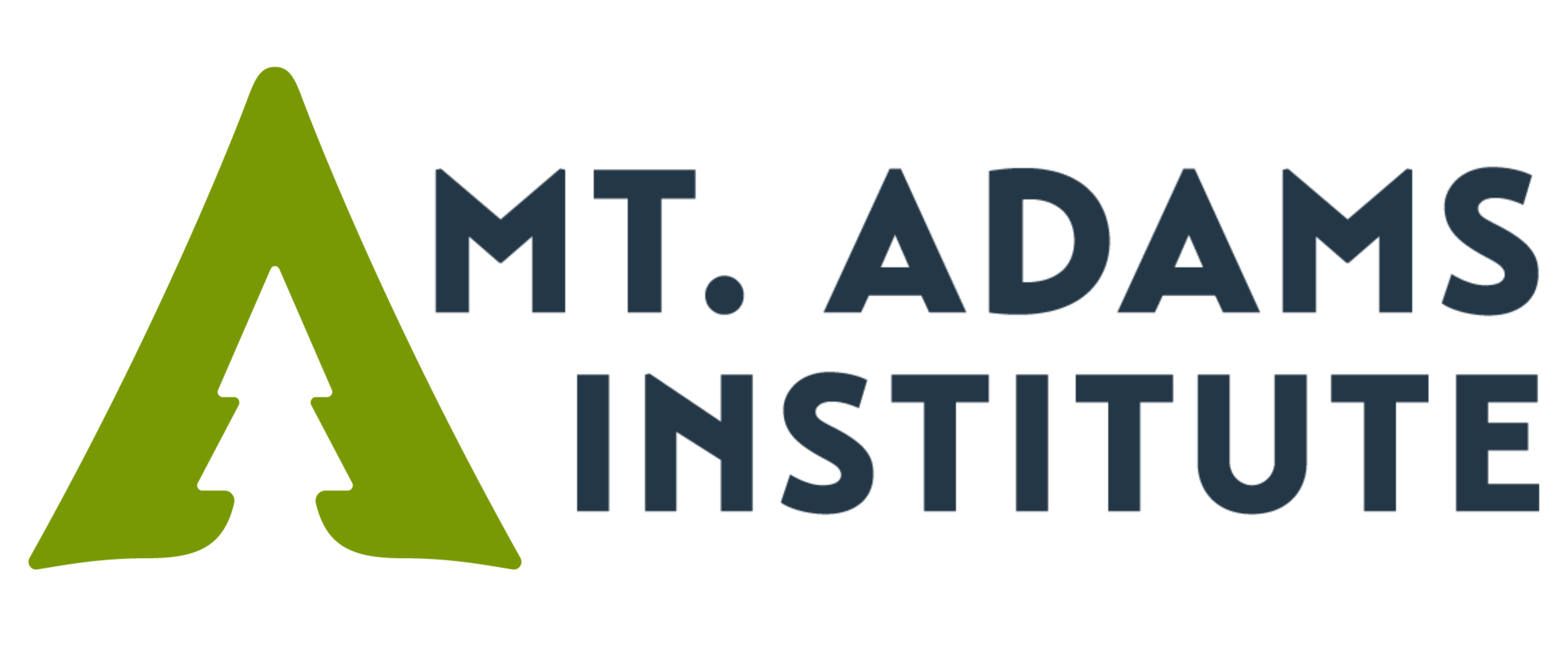
My first month at the Tualatin River National Wildlife Refuge began with lots of training and learning. For the last couple of weeks I have been surveying at Wapato Lake for two main invasive species – Lythrum salicaria (purple loosestrife) and Iris pseudacorus (yellowflag iris) (pictured below). Luckily, we have only found a single spot of yellowflag iris, and have only seen purple loosestrife near areas where it had already been previously detected. I have enjoyed surveying at Wapato Lake (pictured below) because it is a really good example of our national refuge system; this lake was a recent acquisition by Fish and Wildlife, and is still in the early stages of restoration. Historically it was an old agricultural land, but has immense potential to be restored to its historical ecological state as a beautiful wetland.
Another aspect to my internship has been working with Sidalcea nelsoniana (Nelson’s Checker-mallow), a species of concern. I had the privilege of meeting with a group from Portland State University and participated in a collaborative learning/restoration project. Led by a professor for an Indigenous Nations Studies course, I helped students braid down the meadow foxtail that surrounded the Nelson’s checker-mallow. By braiding it down, we opted out of using herbicide or hand-pulling, and cleared space for the checker-mallow to continue to grow. I returned to the site a week later to do an annual count, and found that the grass surrounding the checker-mallows were still braided down.
My experience braiding the checker-mallow solidified my belief in the importance of public land management engaging with the community, and specifically engaging with historically underrepresented groups. Public lands is something that is very important to me, and one of the main reasons that I applied to this position. Unfortunately, I have seen a lack of diversity within public lands due to many barriers to visiting and engaging with these lands. It is necessary that we as a community work to make public lands more accessible and to create a truly inclusive space for the purpose of restoring and maintaining these lands.
During my short time so far at this refuge, I have been both surprised and impressed by the vast amount of collaboration that occurs between our refuge workers, community members, community organizations, and other regional/state groups; it is an optimistic indication of future collaborations and relationships. I view restoration as an ongoing process that cannot sustain itself without full community involvement and input. There are definite benefits to a diversity of ideas and methods applied to the singular goal of protecting our public lands. The beautiful thing about community restoration is that it is a two-way street; in addition to the land restoration, there is a sense of community restoration that fosters between community members, the federal government, and community partners. I have already seen this collaboration and am fortunate to have been able to see the beginnings of new partnerships as well. I have been reminded of how much I feel at home among public lands, and how much I want to continue to make it a home for others as well. I have had an amazing start to the season and am excited for the summer and to continue to survey throughout the refuge. I look forward to learning new skills, meeting new people, and working towards restoring the wetlands.

